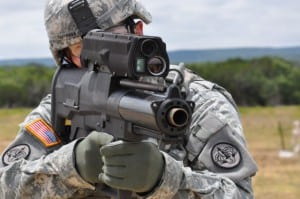
A key Army general is calling for the service to invest in close combat capabilities as the Army is set to emerge from a modernization pause.Army Capabilities Integration Center (ARCIC) and Army Training and Doctrine Command, Futures, Deputy Commanding General Lt. Gen. H.R. McMaster told reporters Tuesday modernization in close combat capabilities concerns him the most as he believes the service has invested in everything but close combat capabilities for years. Close combat, he said, is also where the Army…













